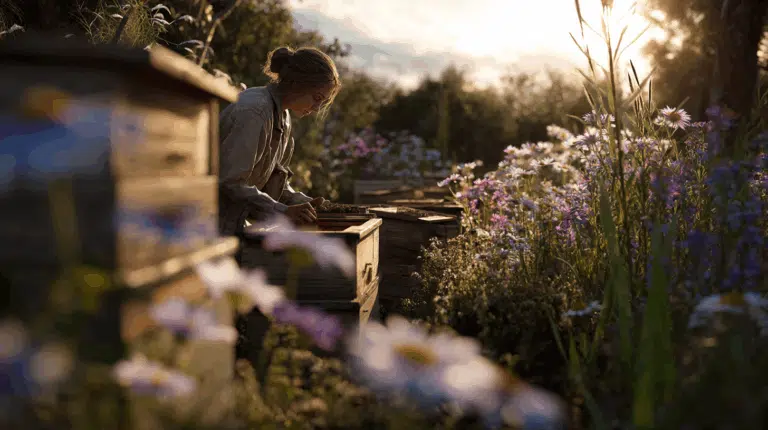Brussels sprouts are a hardy, nutritious vegetable with small, green florets growing on tall stems. Rows of compact, round buds resemble small cabbages.
Want to fill your vegetable garden with hardy, flavorful, and nutritious vegetables ? At EasySeeds.eu, you'll find a carefully selected range of Brussels sprout seeds , ideal for both novice and experienced gardeners. Brussels sprouts are a classic cabbage variety known for their small, compact florets and robust flavor. This versatile vegetable is perfect for stews, stir-fries, casseroles, and side dishes.
Brussels sprouts are a popular choice for the vegetable garden because of their hardiness and nutritional value . By choosing Brussels sprout seeds , you benefit from:
Winter-hardy harvest: Brussels sprouts can withstand light frost and remain tasty and nutritious even in winter.
Healthy vegetables: rich in vitamins, minerals and antioxidants , a valuable addition to a healthy diet.
Versatile preparation: suitable for boiling, steaming, stir-frying or as a side dish in stews and casseroles.
Robust and sustainable cultivation: Brussels sprouts grow well in various soil types and can be harvested for several months, giving you a long-lasting harvest.
Our Brussels sprouts seeds are carefully selected for quality, germination rate, and flavor . EasySeeds.eu offers clear sowing and growing instructions, so you can easily achieve a successful harvest. Many of our seeds are organic or unprocessed , so you can enjoy pure, healthy Brussels sprouts straight from your own garden.
At EasySeeds.eu you will find a wide range of Brussels sprout varieties, including:
Classic Brussels sprouts: firm, compact florets with a full, mild flavour.
Fast growers: ideal for an early harvest and multiple harvests per season.
Special varieties: varieties with extra-large, leafy, or winter-hardy florets for a long-lasting harvest and a varied vegetable garden.
Each variety has been selected for ease of growing, high yield and excellent flavour , so you can get the most out of your vegetable garden.
Enrich your vegetable garden with Brussels sprout seeds from EasySeeds.eu and enjoy a harvest full of fresh, flavorful, and nutritious vegetables . Order your seeds easily online today and experience the joy of growing Brussels sprouts in your own garden . With EasySeeds.eu, you'll not only grow delicious vegetables but also a vegetable garden full of diversity, color, and success .

Brussels sprouts, better known as Brussels sprouts, are a type of cabbage that forms small heads along a sturdy stem. The flavor is slightly bitter and full-bodied – typical for autumn and winter.
Brussels sprouts originated in Belgium, around Brussels, hence the English name Brussels sprouts .
The best time to sow Brussels sprouts is from March to May. Sowing later (June) is also possible for an early spring harvest
.
This can be caused by too much nitrogen, too little light, or overly dense planting. Provide sufficient space and a balanced diet.
Yes! Brussels sprouts are very hardy and even become sweeter after a few nights of frost.
Brussels sprouts are usually harvested from October to February, depending on the variety and the weather.
Twist or cut the sprouts from the bottom up off the stem once they are firm and round.